Prevent the decline and death of your Eugenia topiary. Knowing how to grow and care for your topiary will keep them looking sharp and healthy.
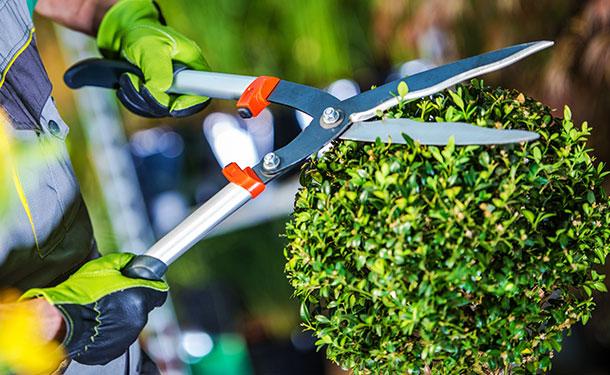
thetreecareguide.com gathered information on Eugenia topiary care, Eugenia species data, and common Eugenia topiary issues.
How to Care for Your Eugenia Topiary
This species grows best in USDA hardiness zones 9 through 12. However, when properly cared for, this species can thrive in colder regions. The following will help you properly care for your Eugenia topiary:
Light Requirements – Whether planted in the ground or potted, this species flourishes when exposed to full or partial sunlight in the morning or late afternoon. Avoid direct sunlight when the sun is at its peak to prevent scorching.
Note: When this tree is planted in the ground, its location should provide shelter from prevailing wind and mid-afternoon shade.
Water Requirements – Eugenia is tolerant of mild drought conditions once established. Regular watering during the first two or three growing seasons encourages it to develop strong, deep roots. During extreme drought, deep watering once or twice weekly will help keep it disease-free.
Eugenia topiaries are sensitive to salt buildup in the soil (primarily when potted). Your tree will signal this condition by shedding leaves. When this happens, immerse the pot in distilled water to dissolve any excess salt, then water only with distilled water.
Note: When potted, water the tree as needed to maintain moist soil. Place the pot in a deep bowl or tray filled with distilled water to keep its soil moist.
Tip: An easy way to detect dry soil for potted or planted Eugenia trees is to check the top inch of the soil for moisture. When it is dry 1/2 inch down or more, it’s time to irrigate. Don’t wait for your tree’s foliage to wilt or droop.
Soil Requirements – An outdoor-grown Eugenia topiary thrives in any type of well-drained garden soil. It does poorly in soil that stays wet for long periods. It is a good idea to keep these plants in acidic soil (5.5 – 6.5pH). When planting outside, till to a depth of 18 inches minimum. Make sure large rocks are removed when preparing the planting location.
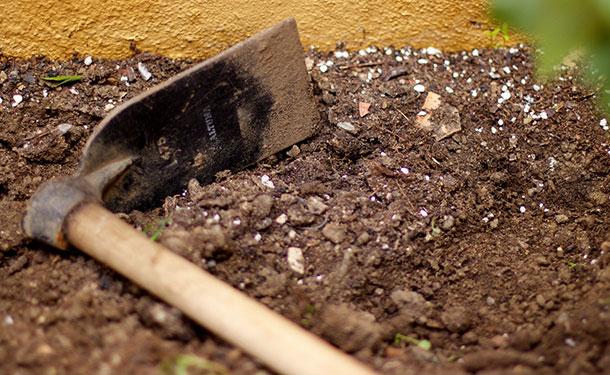
To grow your Eugenia inside, use a potting soil that drains well. It is essential to choose a big pot with numerous drainage holes. Add a good amount of sand for maximum porosity.
Tip: If your soil content is high in clay, add sand at planting to improve drainage.
Read more : Fortress Blog
Further reading on soil composition and health can be found at thetreecareguide.com/tree-soil-how-soil-impacts-the-health-of-your-trees/
Repotting – For continued growth and development of a healthy root system, repot your Eugenia topiary in early spring every two to three years.
Tip: Add fertilizer to your soil when repotting your topiary to encourage root and foliage growth.
Colder Climates – While this species tolerates some cold weather, prolonged freezing temperatures (below 32°F) will cause irreparable damage or death. In such regions, these trees should be potted and moved indoors for the winter.
In regions where freezing weather is not a common occurrence, covering or wrapping your tree when a freeze is expected will help it survive. If your tree is potted, move it to a garage or indoors when needed.
Read more about winter tree protection at thetreecareguide.com/wrapping-trees-for-winter/
Pruning, Sculpting, and Shaping – A sculpted Eugenia topiary can be a sight to see. From balls to spirals, even animals can be shaped from this versatile tree. Keeping these shapes requires occasional pruning and trimming. Topiary can be fun and allows you to have a hands-on approach to the tree’s appearance.
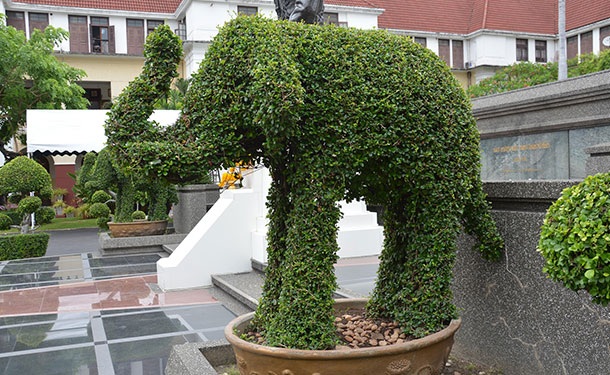
Tip: Avoid pruning and shaping activities in late summer and fall. This is the time fungal spores and diseases are at their peak of transmission. Resume these activities in late winter or early spring.
Watch this video to see more on the art of topiary and its unique demands.
Flowering – Eugenia topiaries will flower when temperature, water, and soil conditions are appropriate. When grown in warmer climates, Eugenia topiaries may flower up to four times per year.
Note: After flowering, this tree produces bright red fruit commonly known as Surinam cherries.
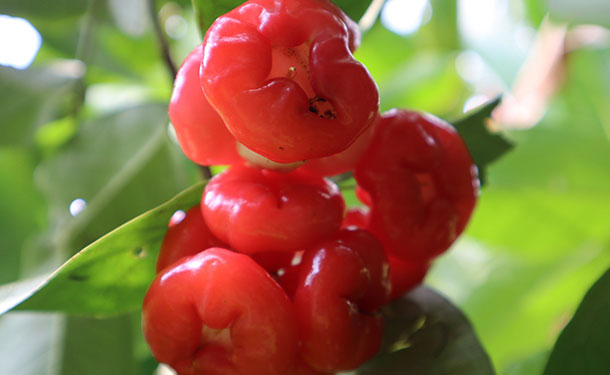
Eugenia (Syzygium paniculatum) Information
Eugenia (Syzygium paniculatum) is a small-leaved foliage plant/tree often sculpted into shapes and designs. Once trimmed as a topiary, frequent trimming will keep its evergreen foliage from filling back in. Consider the following:
Read more : Home Buying Resources | ABR®
Family: Myrtaceae (Myrtle)Tree Characteristics: The following are common traits found in the numerous Eugenia species:
Shape/Appearance: Erect with a low rounded canopy with dense evergreen foliageHeight at Maturity: Up to 40 feet (some species only reach 4 feet)Crown Spread: Up to 20 feet (unless used as topiary)Annual Growth: Up to 12 inches per yearLifespan: 40 to 50 yearsFlowers: Has showy green or white “perfect” flowers (each flower contains male and female parts)Fruit: Bright red fruit (after flowering)Wildlife Benefits: Attracts several species of birds and honeybeesUses: Privacy screen, hedges, garden borders, and topiary
Note: The dried buds of Eugenia aromatica (Syzygium aromaticum) become the fragrant “herb” cloves.
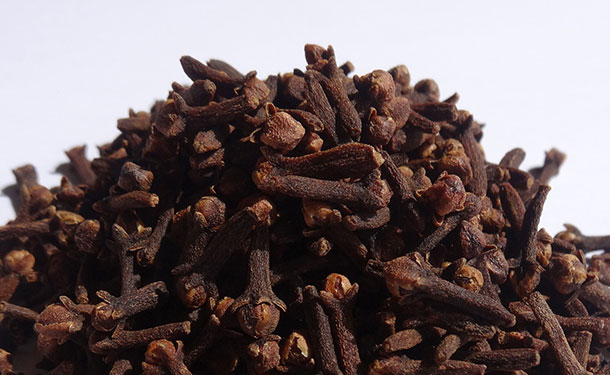
Eugenia Topiary Pests and Disease Information
When your Eugenia tree is in good health, it can resist disease and infestation quite well. However, repeated attacks, drought conditions, and other stressors may leave your tree susceptible to the following insects and diseases:
- Aphids
- Psyllid
- Thrip
- Scale
Treatment/Prevention – Spray your tree with neem oil occasionally to deter insects from infesting your tree. Read more about pest prevention and treatment at thetreecareguide.com/pest-prevention-treatment-tips/
- Dieback (caused by the fungus, Neofusicoccum parvum)
Treatment/Prevention – When dieback occurs, the following will help you manage it:
- Prune out and destroy all symptomatic branches
- Sanitize all equipment used to prune, shape, or handle the tree (including gloves)
- Avoid pruning activities in the fall (peak period for disease transmission)
- Avoid overhead watering (splashing water)
Chemical treatments like myclobutanil, propiconazole, tebuconazole, or triadimefon are effective in preventing disease. Once a specimen is infected, healthy trees should be treated to avoid the disease’s spread.
Note: Disinfectants for equipment may include:
- 25% chlorine bleach with 3 parts water and 1 part bleach
- 25% pine oil cleaner with 3 parts water and 1 part pine oil
- 50% water with 50% rubbing alcohol (70% isopropyl)
Tip: Have your entire property inspected annually by an ISA certified arborist to detect any potential issues and offer any professional recommendations.
Eugenia Topiary
In this article, you discovered how to care for your Eugenia trees, species information, and potential disease or insect infestation problems.
By properly caring for your Eugenia topiary, you can display your topiary skills for years on healthy, vibrant specimens.
Ignoring proper Eugenia care will lead to rapid decline and death, leaving your topiary looking shabby and sick.
Sources:edis.ifas.ufl.edu/pp283selectree.calpoly.edu/tree-detail/syzygium-australeipm.ucanr.edu/PMG/GARDEN/PLANTS/eugenia.htmlhort.ifas.ufl.edu/database/documents/pdf/tree_fact_sheets/eugsppa.pdf
Source: https://gardencourte.com
Categories: Outdoor
